Code
HCS16304
Weight
1 Kg / 2.2 lbs
Size
Height
8cm (3") Width
4.5cm (2") Depth
21cm (8") Material
Brass
Availability
Available
Date Added
2019-08-06 04:07:33
Note : We used to sell this product 6 years ago so it may no longer be in our stock.
It is possible that we still have it with our suppliers but the price could be different from before.
Feel free to order. We will verify availability and inform you promptly.
It is possible that we still have it with our suppliers but the price could be different from before.
Feel free to order. We will verify availability and inform you promptly.

Safe Payment
We accept Paypal, Money Transfer, Bank Transfer
Confidence
Protection covers your purchase and personal data.
Worldwide Delivery
We ship Worldwide, except Russia.Shipping cost US$25.2 for upto 0.5 kgs

Hotline
Talk to help line for your question on 9841267335Process: Sand Casting
This Statue Of Nirvana Buddha Brass Oxidized has been created using the sand casting system, also known as sand molding casting. This widely employed manufacturing process utilizes a sand mold to produce metal products and components in various sizes and shapes. Sand casting holds significant popularity in the industry, accounting for approximately 60% of all metal castings. The sand casting process involves six primary steps. First, a pattern or replica of the desired sculpture, in this case, Statue Of Nirvana Buddha Brass Oxidized, is created using a material like wood or metal. The pattern is then placed in a flask, which is a box-like structure divided into two halves. The next step involves packing the flask tightly with specially formulated molding sand, creating a mold cavity that matches the shape of the pattern. The pattern is subsequently removed, leaving behind a negative impression of the sculpture within the sand mold. Read More . . .
This Statue Of Nirvana Buddha Brass Oxidized has been created using the sand casting system, also known as sand molding casting. This widely employed manufacturing process utilizes a sand mold to produce metal products and components in various sizes and shapes. Sand casting holds significant popularity in the industry, accounting for approximately 60% of all metal castings. The sand casting process involves six primary steps. First, a pattern or replica of the desired sculpture, in this case, Statue Of Nirvana Buddha Brass Oxidized, is created using a material like wood or metal. The pattern is then placed in a flask, which is a box-like structure divided into two halves. The next step involves packing the flask tightly with specially formulated molding sand, creating a mold cavity that matches the shape of the pattern. The pattern is subsequently removed, leaving behind a negative impression of the sculpture within the sand mold. Read More . . .
Brief Introduction :
Nirvana (Sanskrit: nirvāṇa; Pali: nibbana, nibbāna) is the goal of the Buddhist path. The literal meaning of the term is "blowing out" or "quenching". Nirvana is the ultimate spiritual goal in Buddhism and marks the soteriological release from rebirths in saṃsāra. Nirvana is part of the Third Truth on "cessation of dukkha" in the Four Noble Truths, and the summum bonum destination of the Noble Eightfold Path.
In the Buddhist tradition, nirvana has commonly been interpreted as the extinction of the "three fires", or "three poisons",[note 1] greed (raga), aversion (dvesha) and ignorance (moha). When these fires are extinguished, release from the cycle of rebirth (saṃsāra) is attained.
Nirvana has also been claimed by some scholars to be identical with anatta (non-self) and sunyata (emptiness) states though this is hotly contested by other scholars and practicing monks.[web 1] In time, with the development of the Buddhist doctrine, other interpretations were given, such as the absence of the weaving (vana) of activity of the mind, the elimination of desire, and escape from the woods, cq. the five skandhas or aggregates.
Buddhist scholastic tradition identifies two types of nirvana: sopadhishesa-nirvana (nirvana with a remainder), and parinirvana or anupadhishesa-nirvana (nirvana without remainder, or final nirvana). The founder of Buddhism, the Buddha, is believed to have reached both these states.
Nirvana, or the liberation from cycles of rebirth, is the highest aim of the Theravada tradition. In the Mahayana tradition, the highest goal is Buddhahood, in which there is no abiding in nirvana. Buddha helps liberate beings from saṃsāra by teaching the Buddhist path. There is no rebirth for Buddha or people who attain nirvana. But his teachings remain in the world for a certain time as a guidance to attain nirvana.
Nirvana has also been claimed by some scholars to be identical with anatta (non-self) and sunyata (emptiness) states though this is hotly contested by other scholars and practicing monks.[web 1] In time, with the development of the Buddhist doctrine, other interpretations were given, such as the absence of the weaving (vana) of activity of the mind, the elimination of desire, and escape from the woods, cq. the five skandhas or aggregates.
Buddhist scholastic tradition identifies two types of nirvana: sopadhishesa-nirvana (nirvana with a remainder), and parinirvana or anupadhishesa-nirvana (nirvana without remainder, or final nirvana). The founder of Buddhism, the Buddha, is believed to have reached both these states.
Nirvana, or the liberation from cycles of rebirth, is the highest aim of the Theravada tradition. In the Mahayana tradition, the highest goal is Buddhahood, in which there is no abiding in nirvana. Buddha helps liberate beings from saṃsāra by teaching the Buddhist path. There is no rebirth for Buddha or people who attain nirvana. But his teachings remain in the world for a certain time as a guidance to attain nirvana.
How did Gautama Buddha reach Enlightenment (Nirvana)?


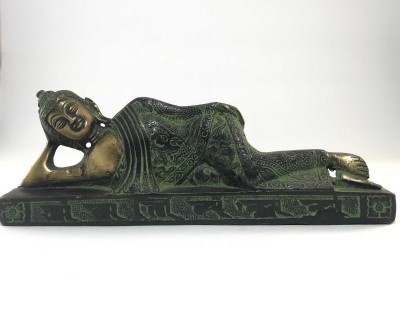




 of Shakyamuni Buddha,
of Shakyamuni Buddha,  of Shakyamuni Buddha,
of Shakyamuni Buddha,  of Shakyamuni Buddha,
of Shakyamuni Buddha, 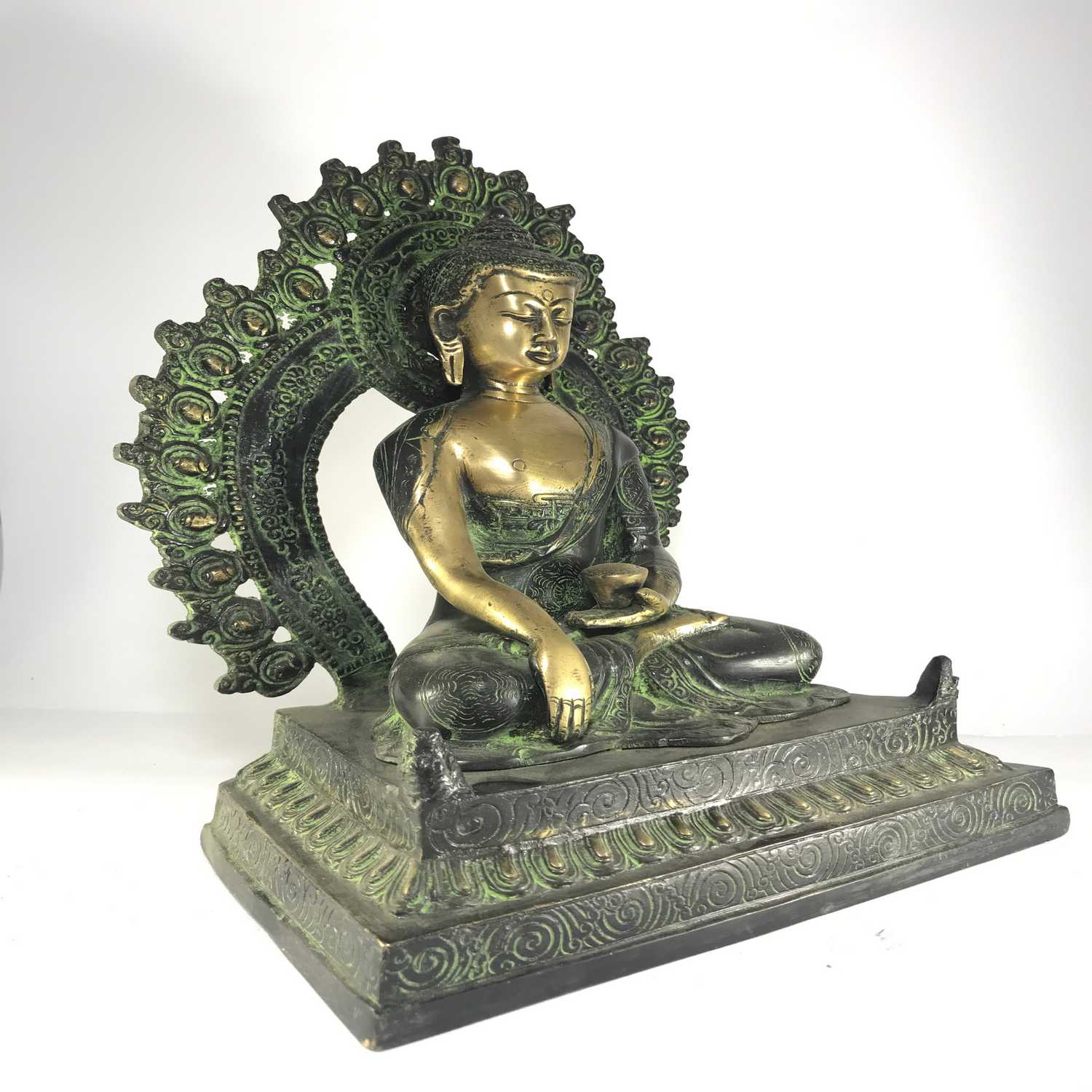 of Shakyamuni Buddha,
of Shakyamuni Buddha, 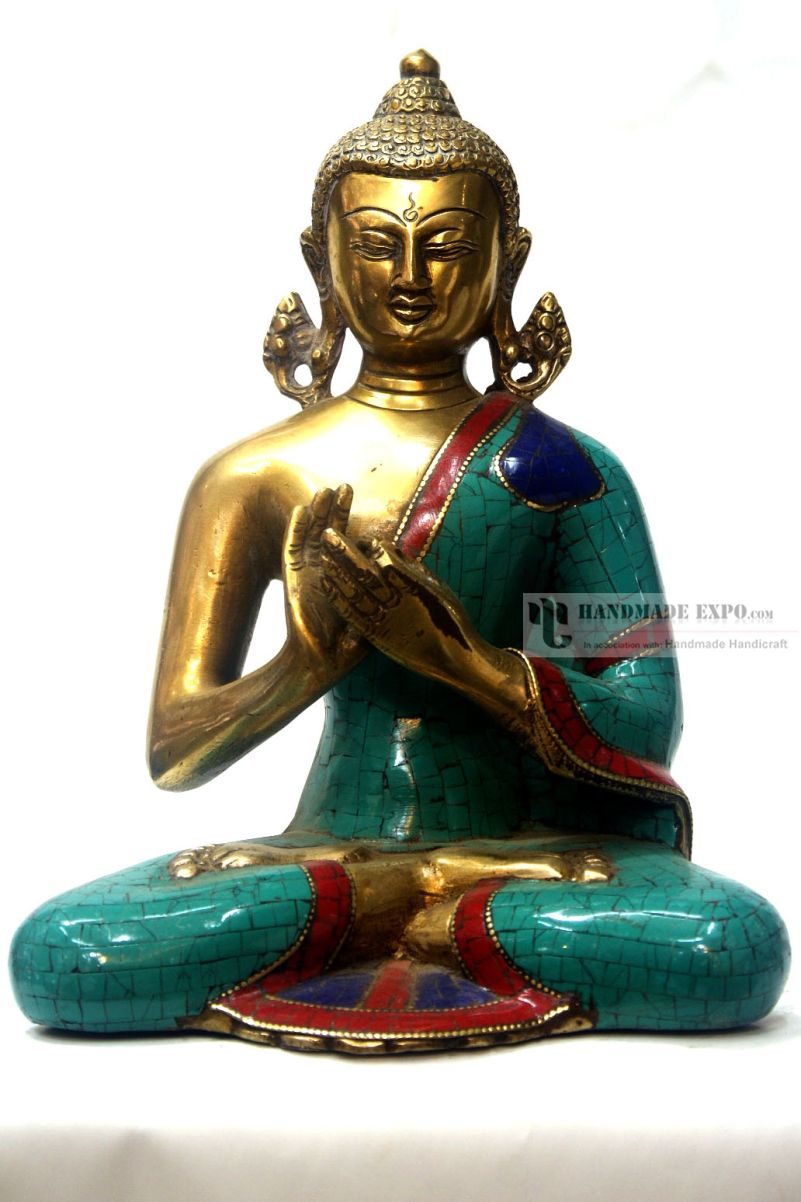 with Turquoise, Lapis
with Turquoise, Lapis  of Ratnasambhava Buddha
of Ratnasambhava Buddha  of Ratnasambhava Buddha
of Ratnasambhava Buddha 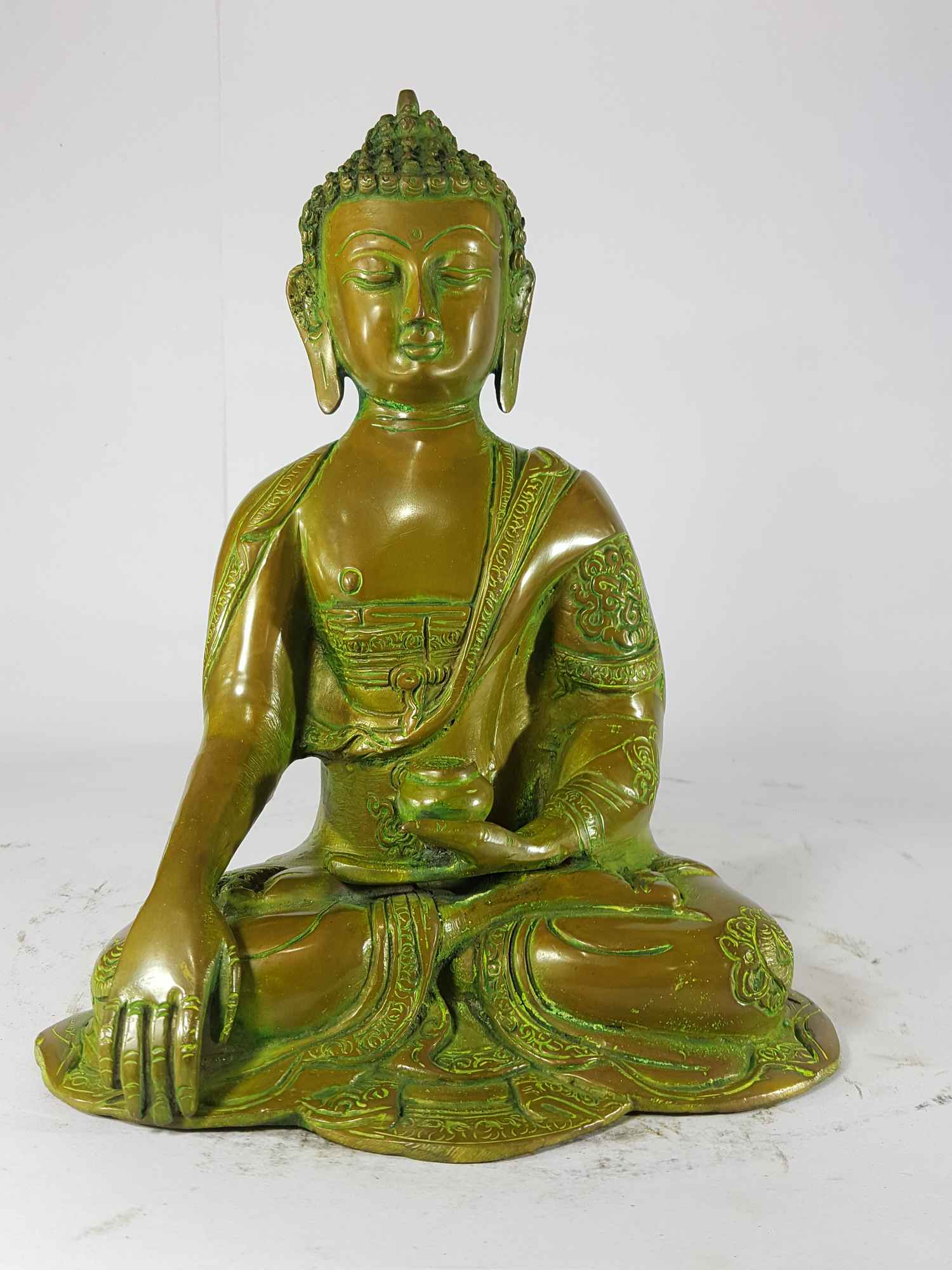 Sand Casting,
Sand Casting, 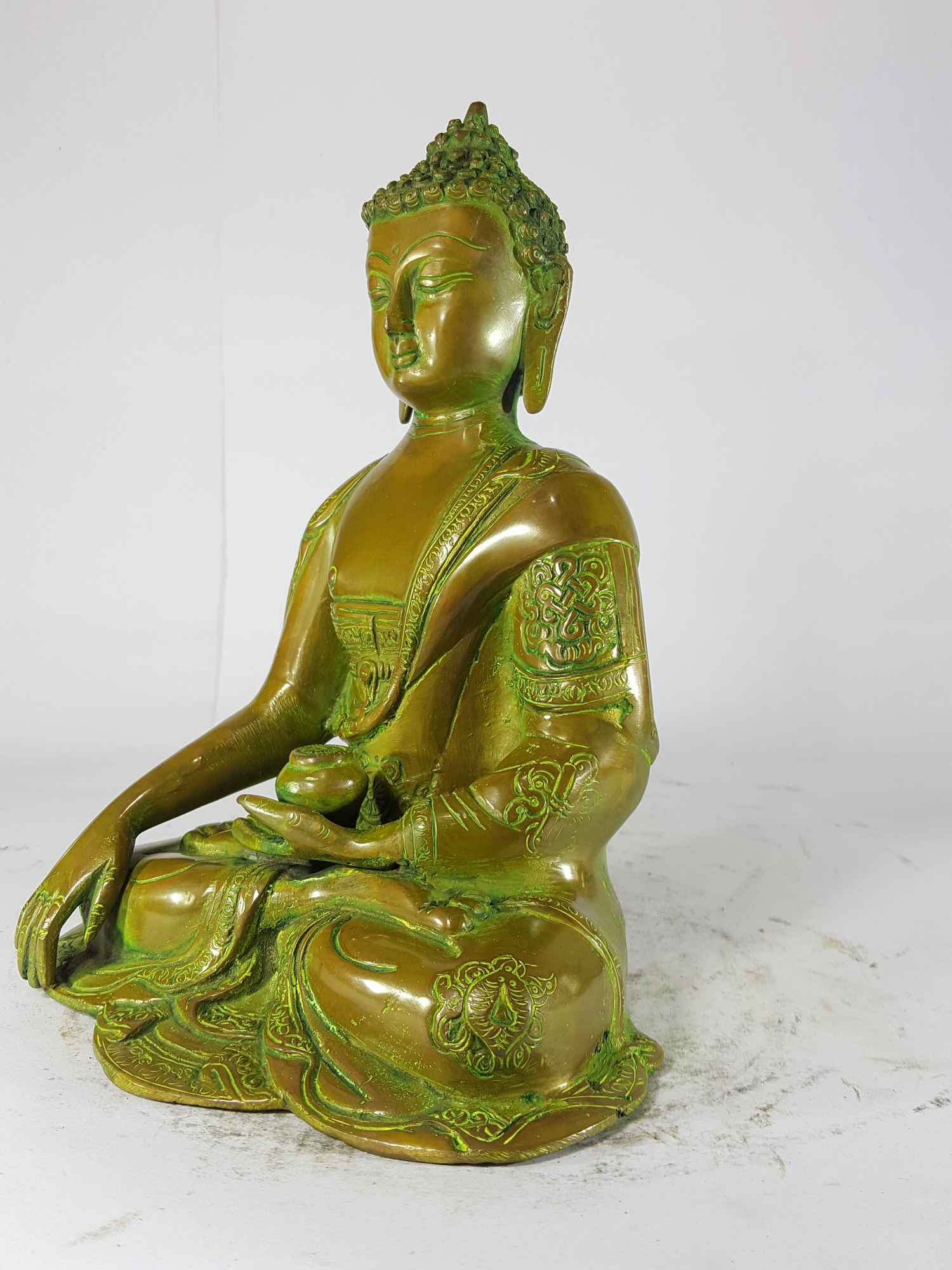 Sand Casting,
Sand Casting, 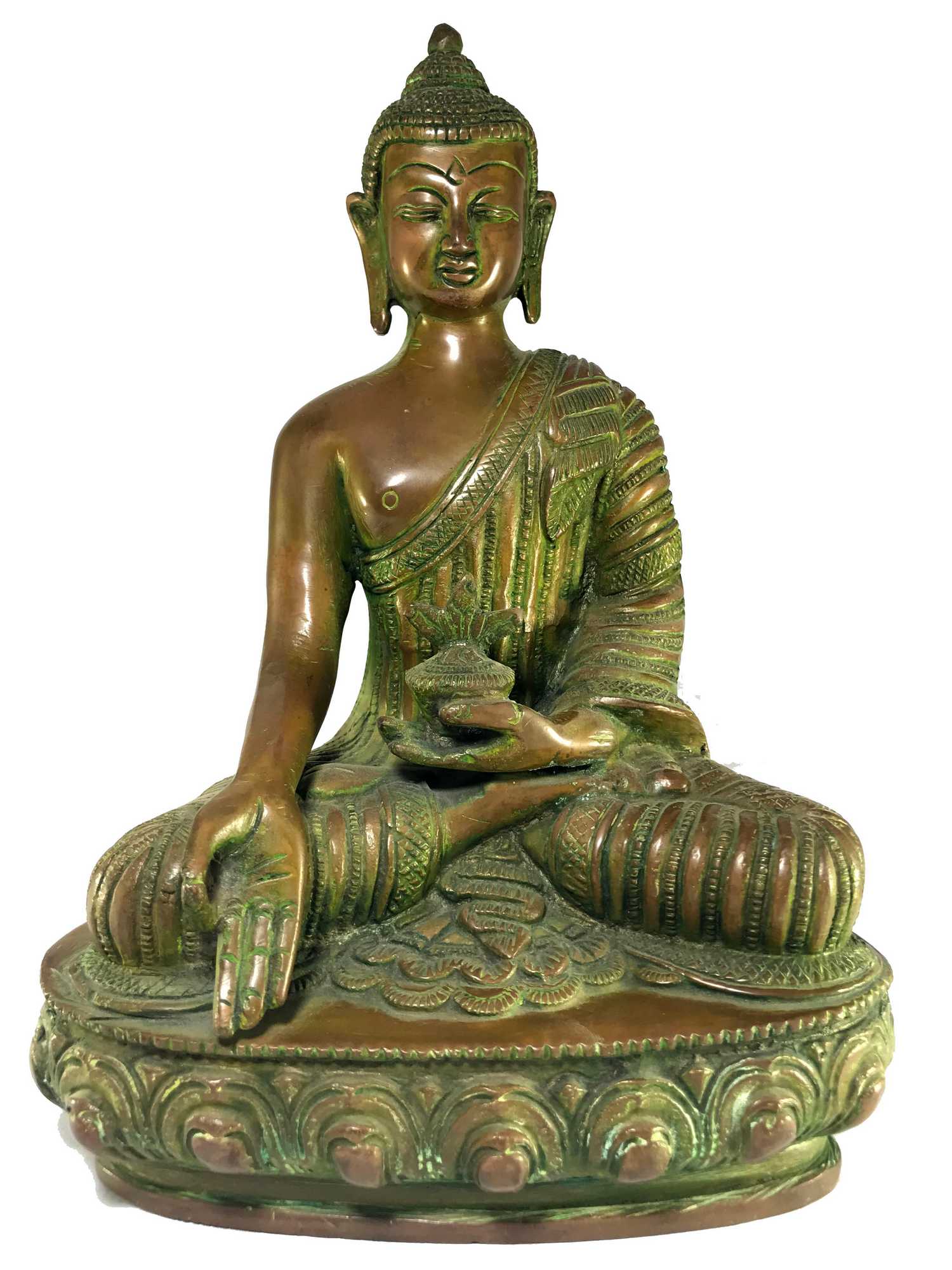 of Ratnasambhava In Antique Finishing" title="Statue
of Ratnasambhava In Antique Finishing" title="Statue  of Ratnasambhava In Antique Finishing" title="Statue
of Ratnasambhava In Antique Finishing" title="Statue 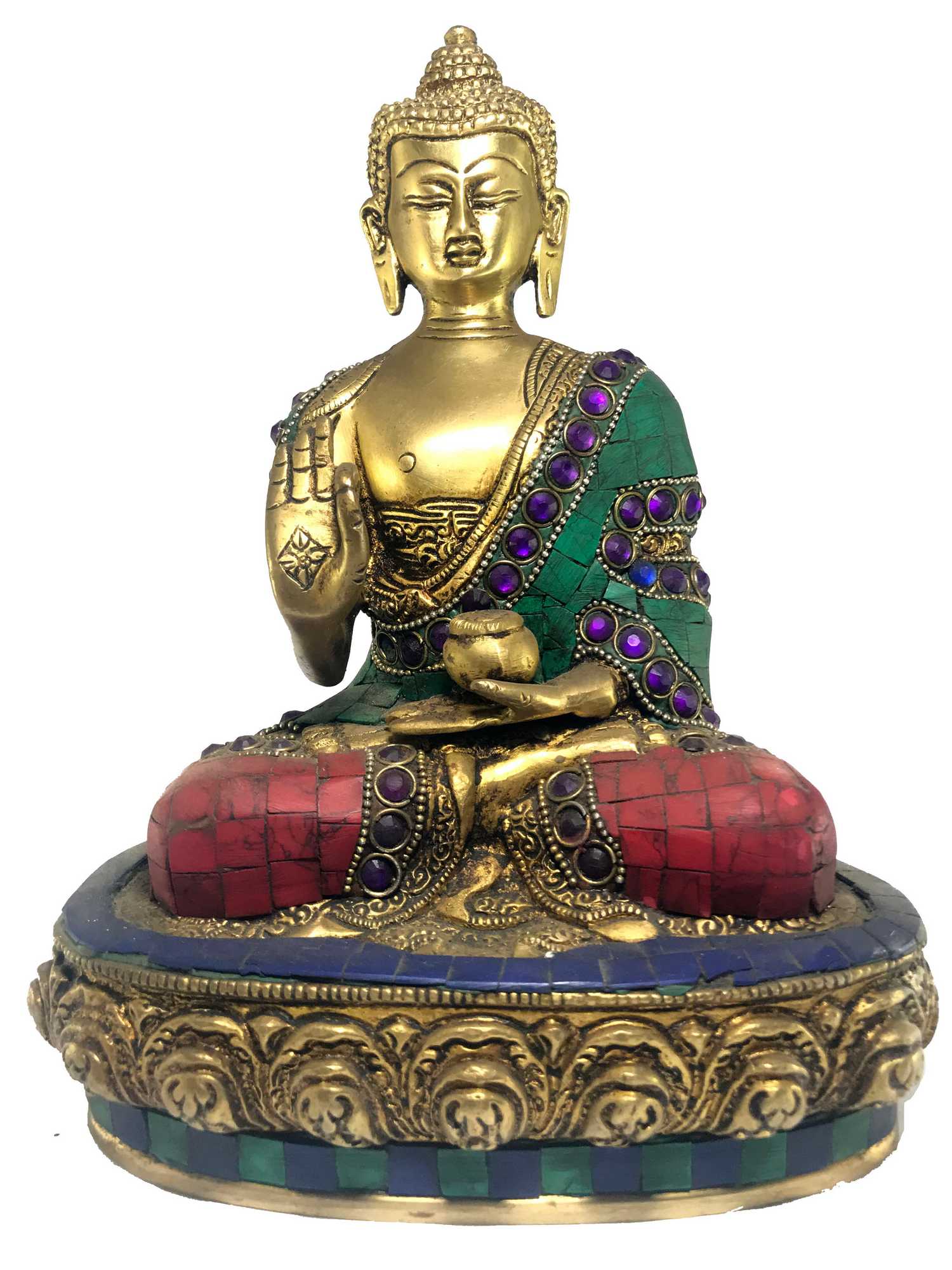 of Blessing Buddha - Amoghasiddhi,
of Blessing Buddha - Amoghasiddhi, 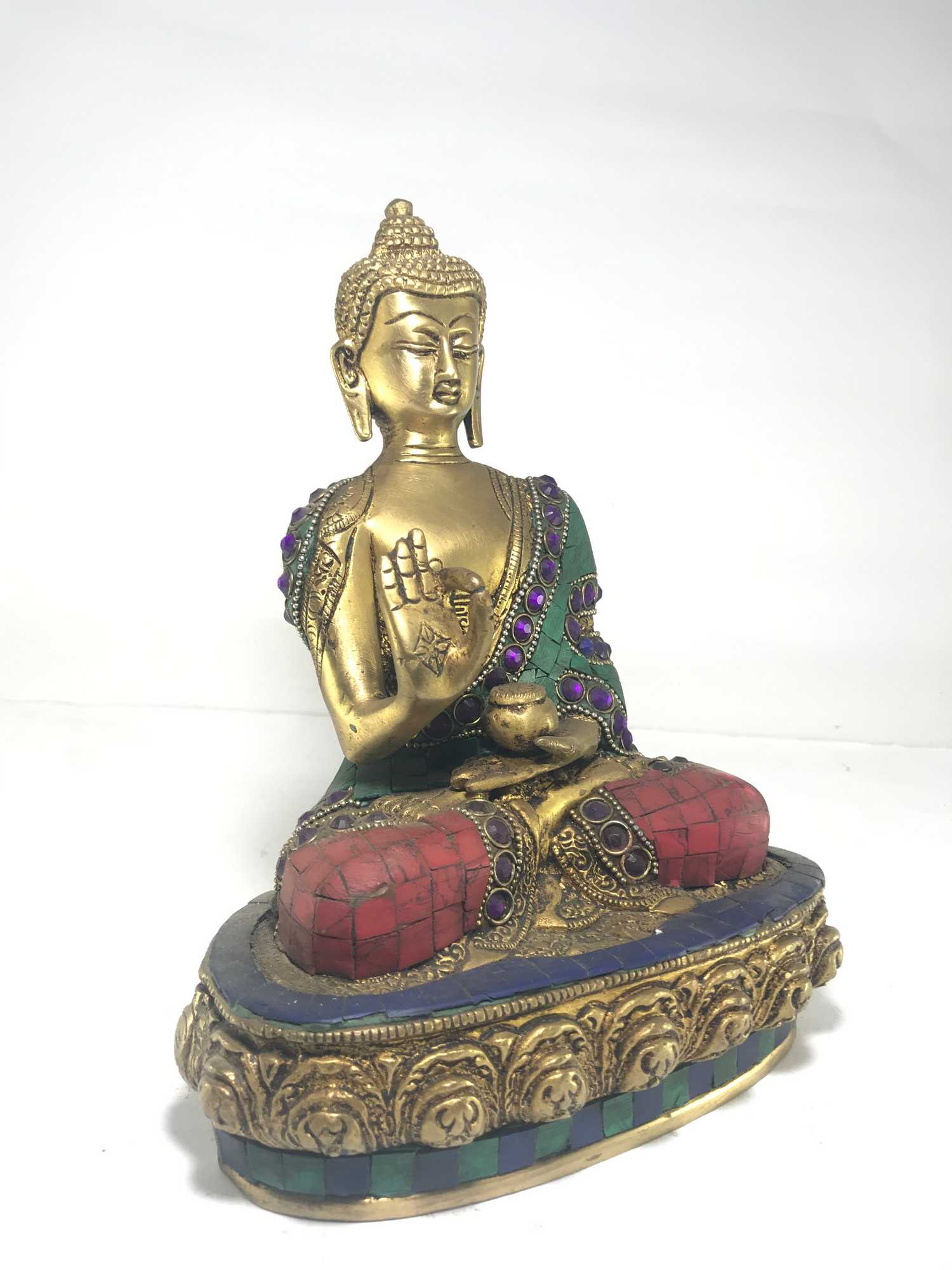 of Blessing Buddha - Amoghasiddhi,
of Blessing Buddha - Amoghasiddhi,  with Turquoise, Lapis
with Turquoise, Lapis  with Turquoise, Lapis
with Turquoise, Lapis 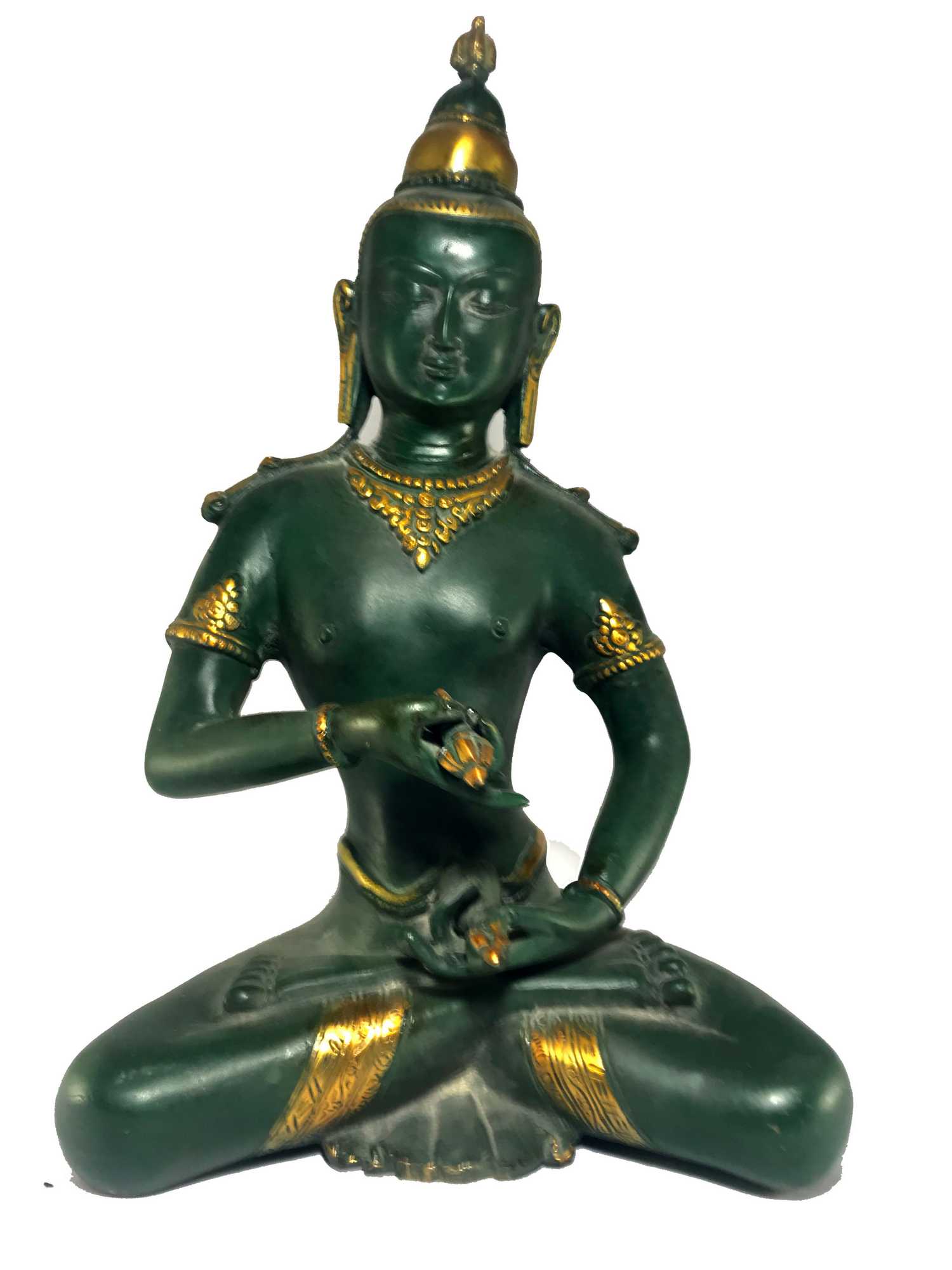 of Vajrasattva,
of Vajrasattva,  of Vajrasattva,
of Vajrasattva,  of Shakyamuni Buddha
of Shakyamuni Buddha  of Shakyamuni Buddha
of Shakyamuni Buddha